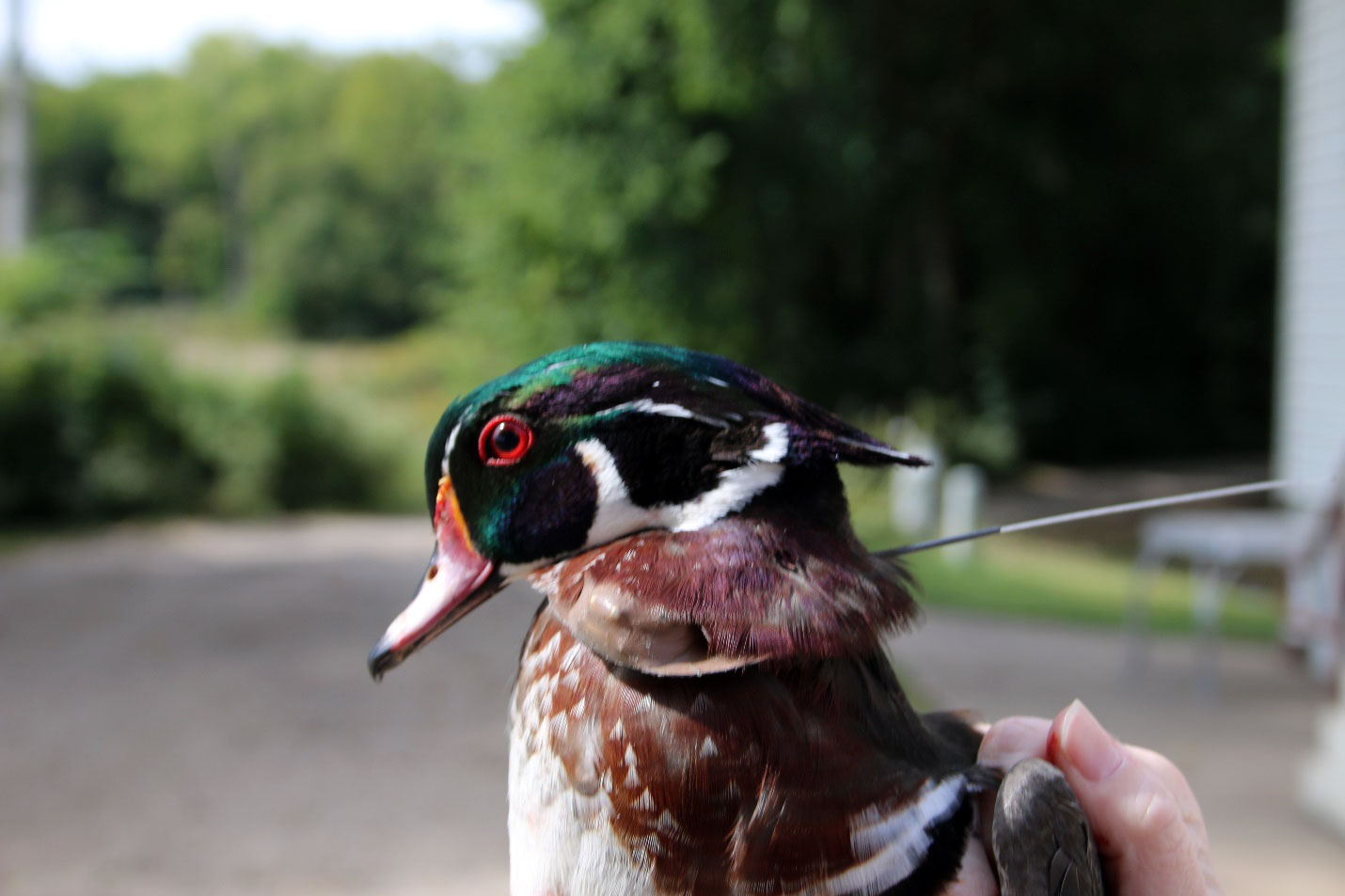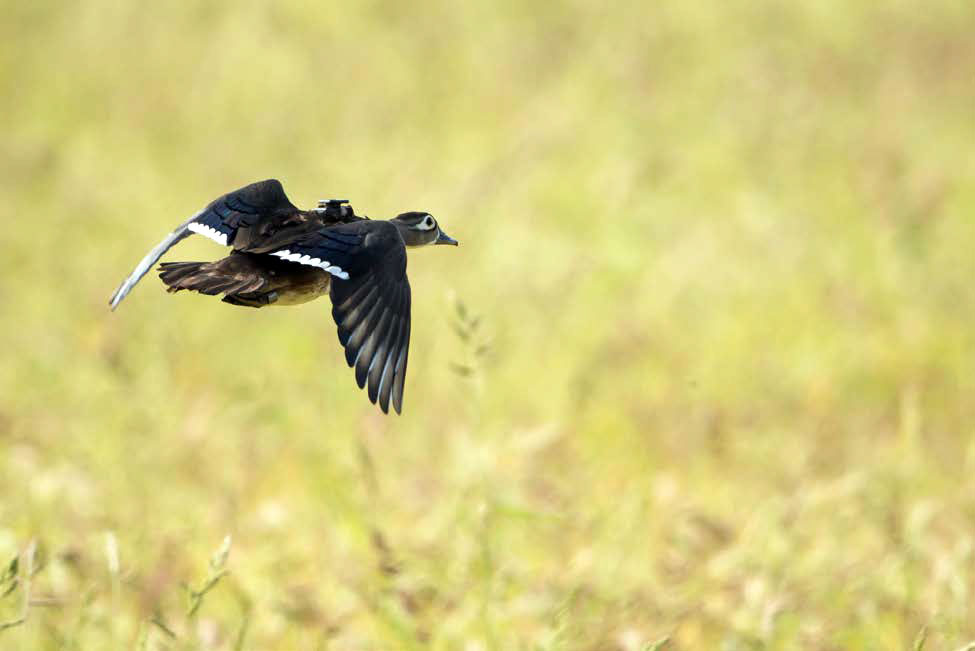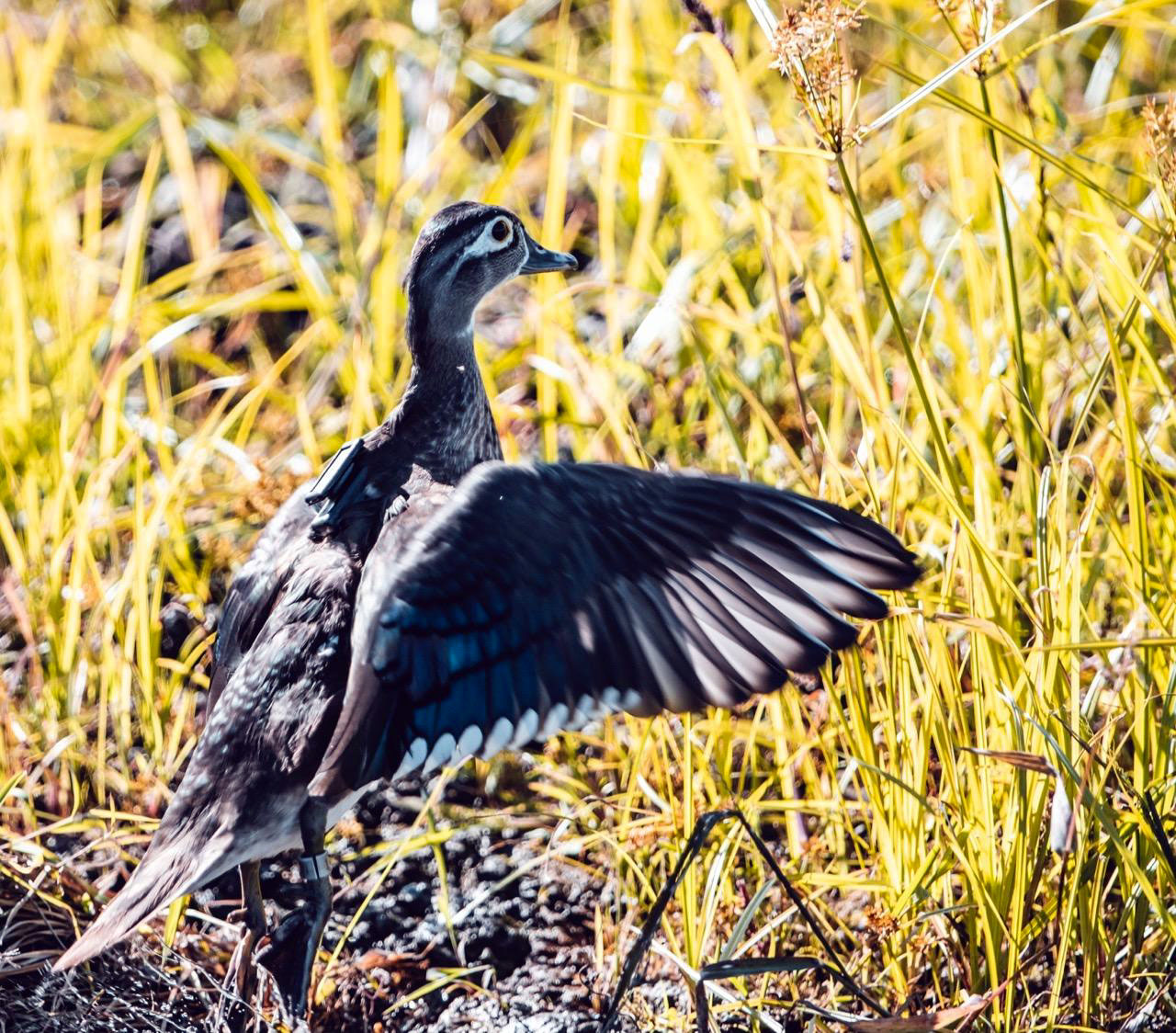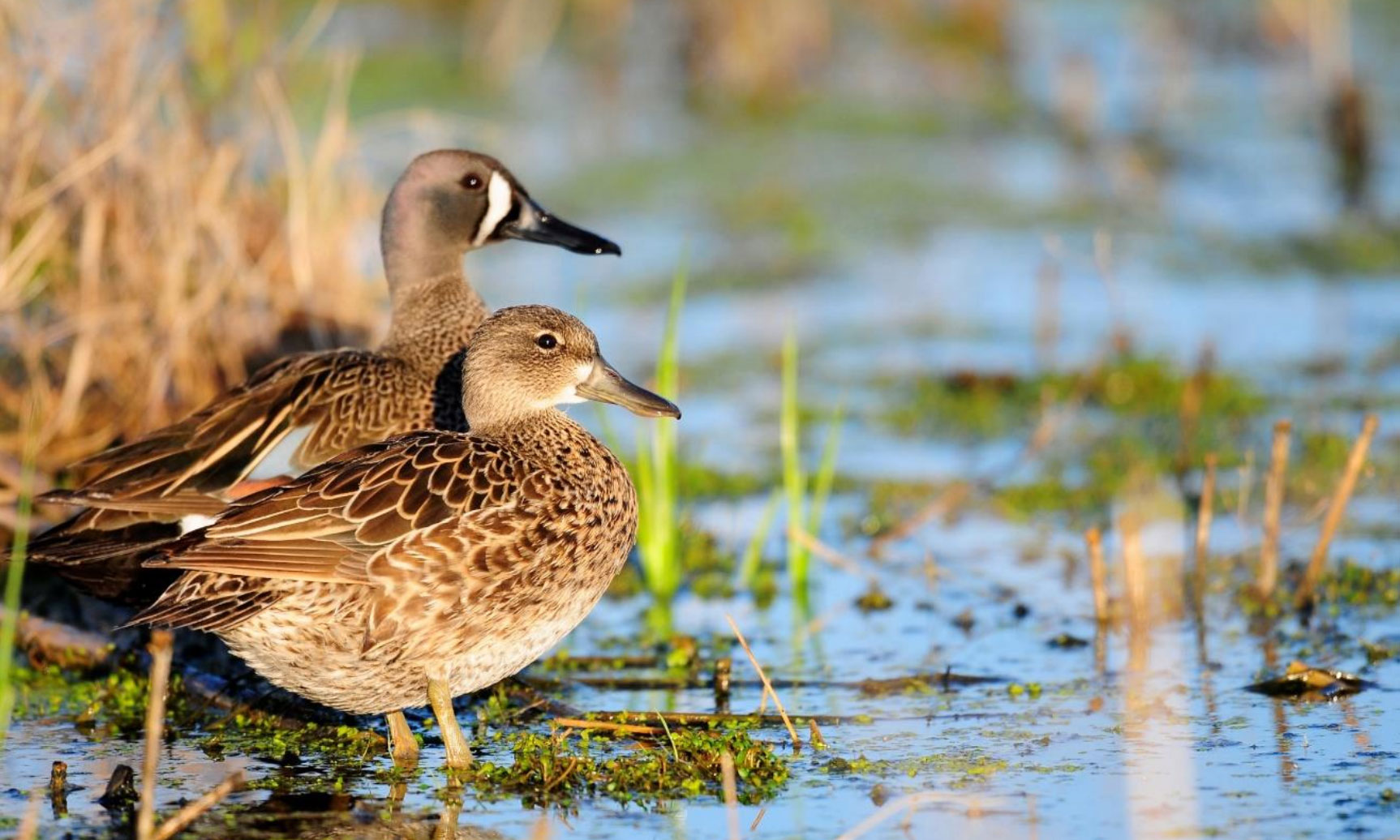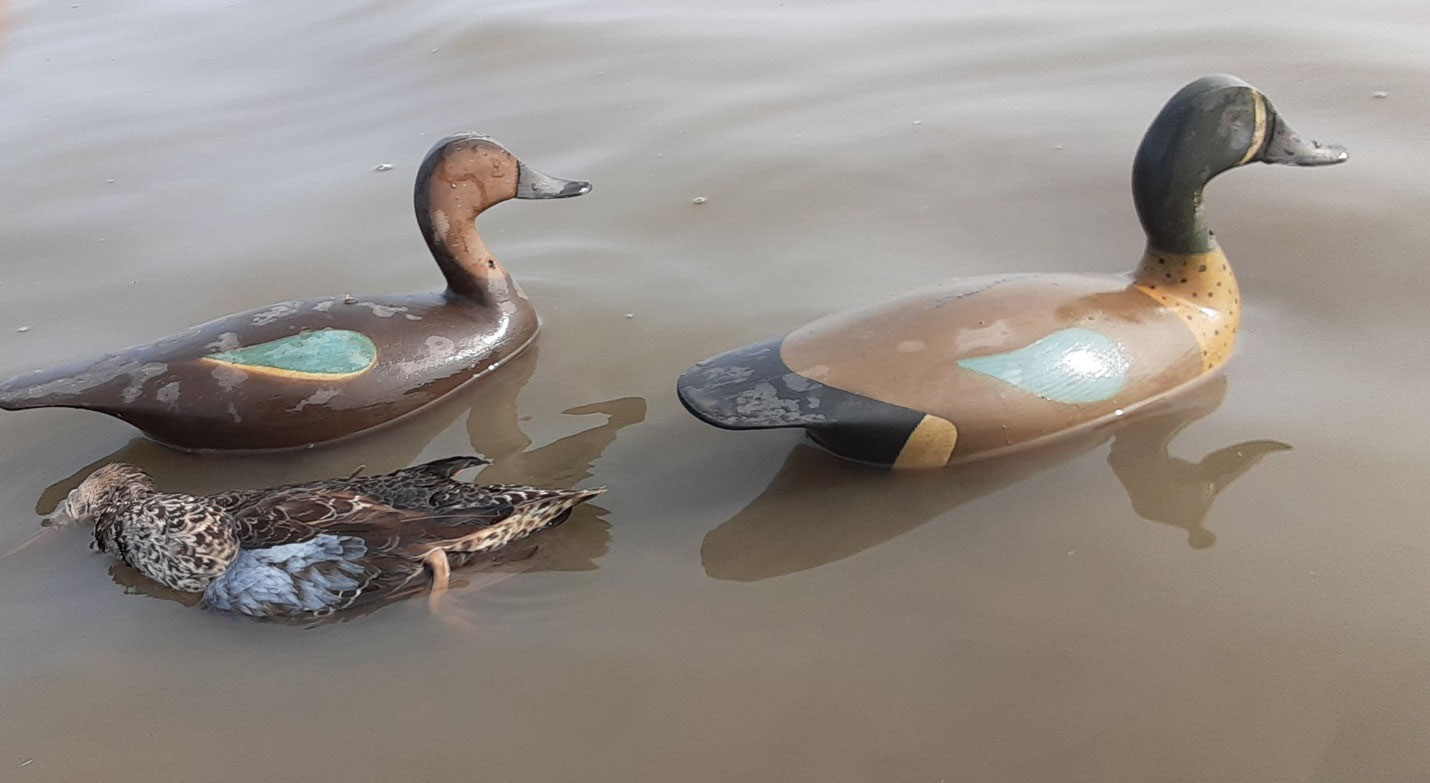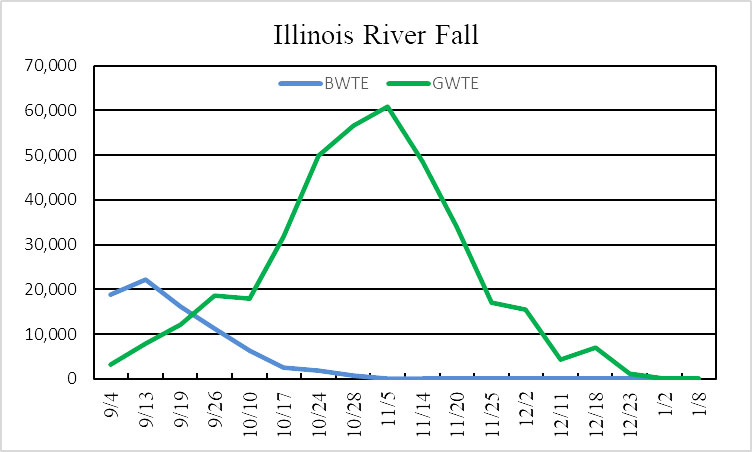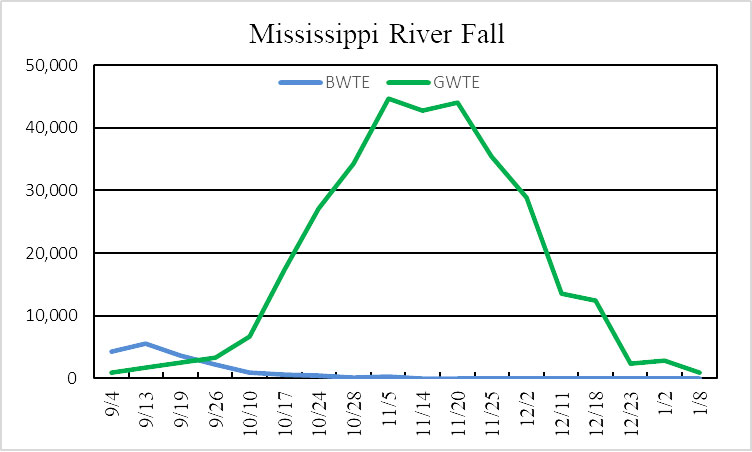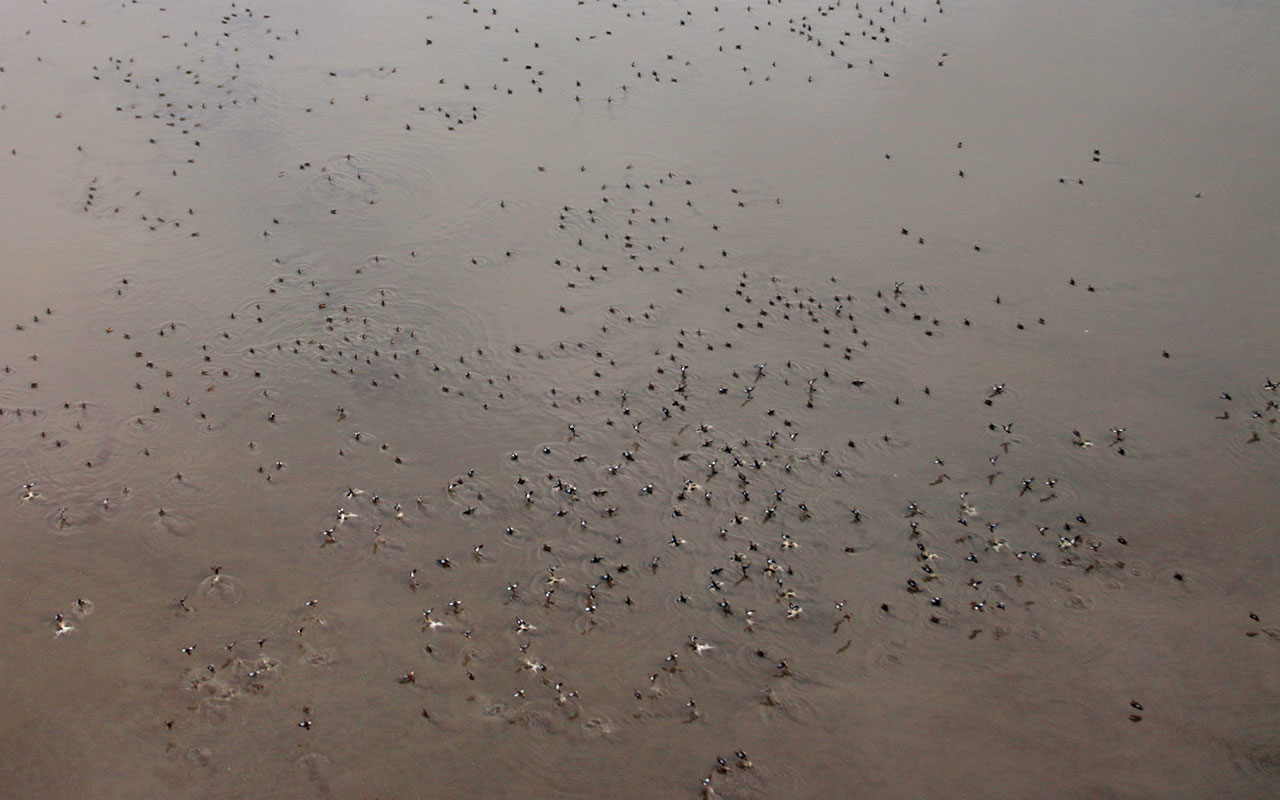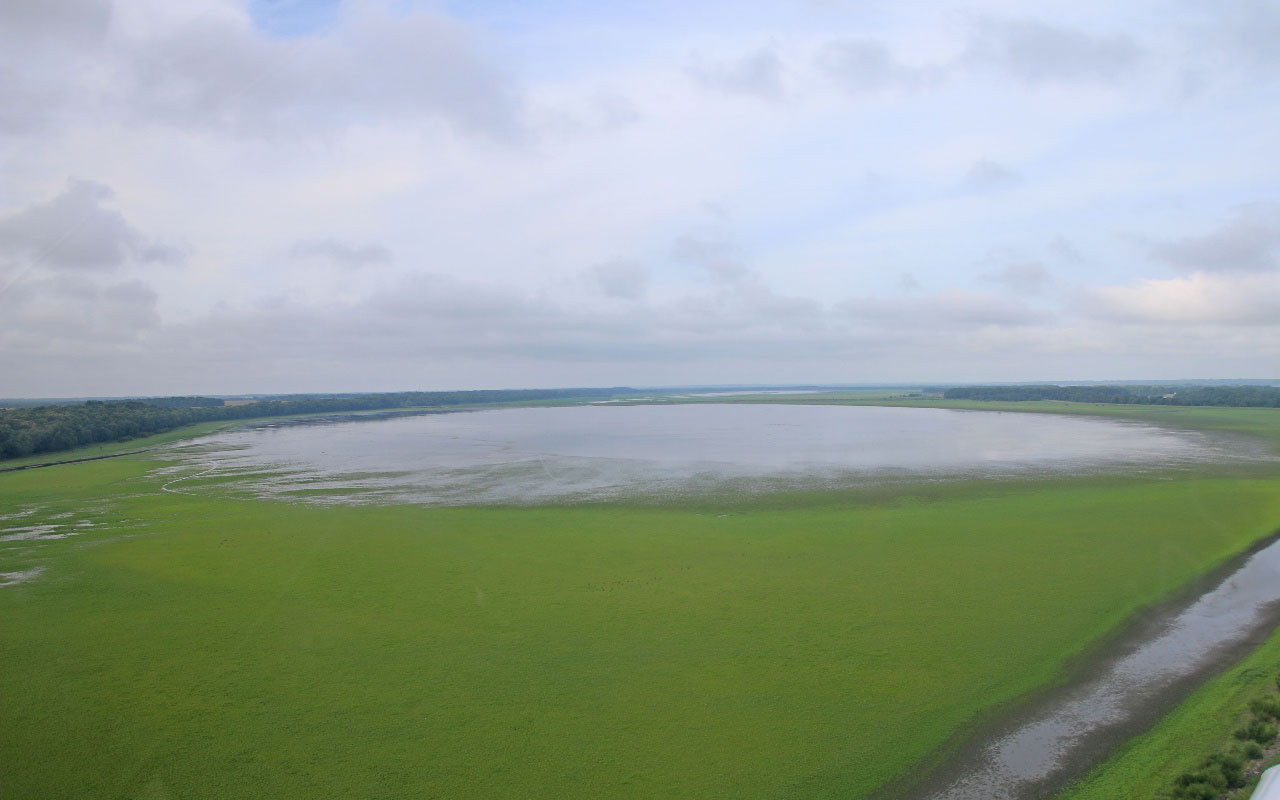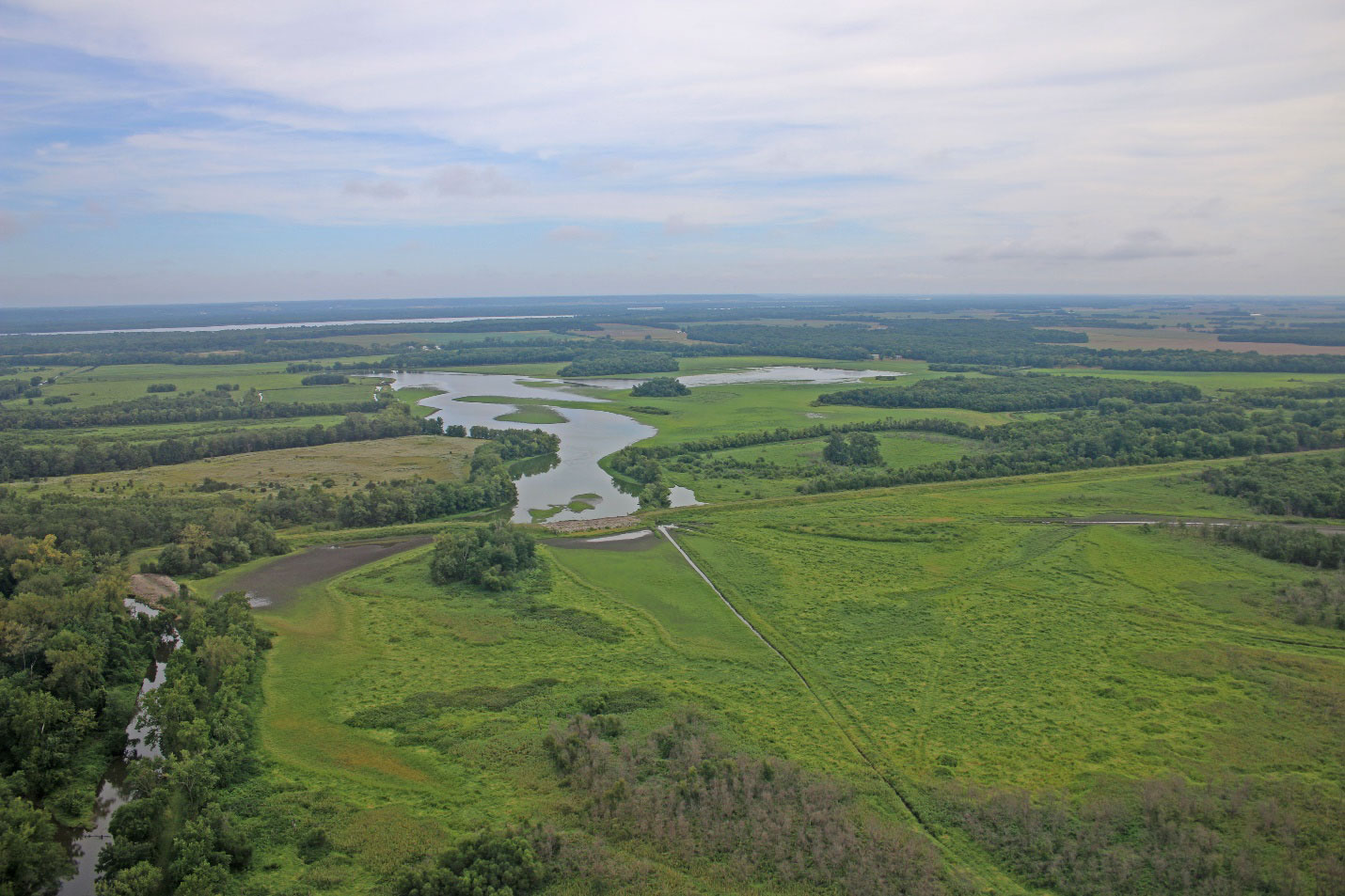It has been a rough two weeks trying to get the waterfowl surveys completed. If you remember, the week of October 12th, the wind blew with gusts to 45 MPH all week, and this week (October 19th) we had wind, rain, fog, and low ceilings. Those weather conditions aren’t conducive to flying VFR (visual flight rules) surveys. To add to the frustration, I was out of commission this week and my colleague, Josh Osborn, had to step in and fly the surveys. Josh and Mike were able to complete the Illinois River Valley (IRV) and partially finished the central Mississippi River Valley (CMRV) flight on Wednesday, October 21st, 2020. We failed to obtain waterfowl abundance on the lower CMRV from Clarence Cannon refuge to the confluence with the Illinois River. I did speak with some duck club managers in the confluence region, and they indicated good numbers of ducks down there with recent arrivals. With that, total duck numbers (205,140) were up 24% in the IRV from last week and were very close to the 10-yr average of 215,777 ducks. Josh noted that nearly every surveyed location had increased duck numbers this week, compared to last week. A random assortment of nearly all the monitored species of ducks and geese were present this week, including a smattering of diving ducks in a few locations.
I wanted to plug our research project on wood ducks again this year. The Forbes Biological Station has ~100 wood ducks marked this fall. This study is part of a 3-yr project to evaluate postbreeding wood ducks in the IRV. We captured wood ducks near Banner, Havana, and Chandlerville this year and deployed 33 GSM cellular transmitters and 70 VHF transmitters. The birds are currently scattered between Pekin and Beardstown along the Illinois River and in streams, ditches, and ponds several miles from the river floodplain. I would expect a few of the birds to depart central Illinois with the cooler weather that is arriving and the start of the Illinois central zone ducks season opener on October 24th. If you happen to harvest one of these ducks, please give us a call so we can add the information to our database. Our office number is 217-332-3825(DUCK); however, most of our staff are working remotely from home due to Covid-19. You can also email me at ayetter@illinois.edu with your harvest, and we will do our best to give you a brief history of the birds movements since August. The harvested transmitter is yours to keep, we just want the information about the bird. Of course, PLEASE report your leg bands to www.reportband.gov.
Good Luck to those of you heading to the duck blind this weekend for the central zone waterfowl opener!
Illinois River Waterfowl Aerial Inventory – 10/21/2020
Central Mississippi Waterfowl Aerial Inventory – 10/21/2020
